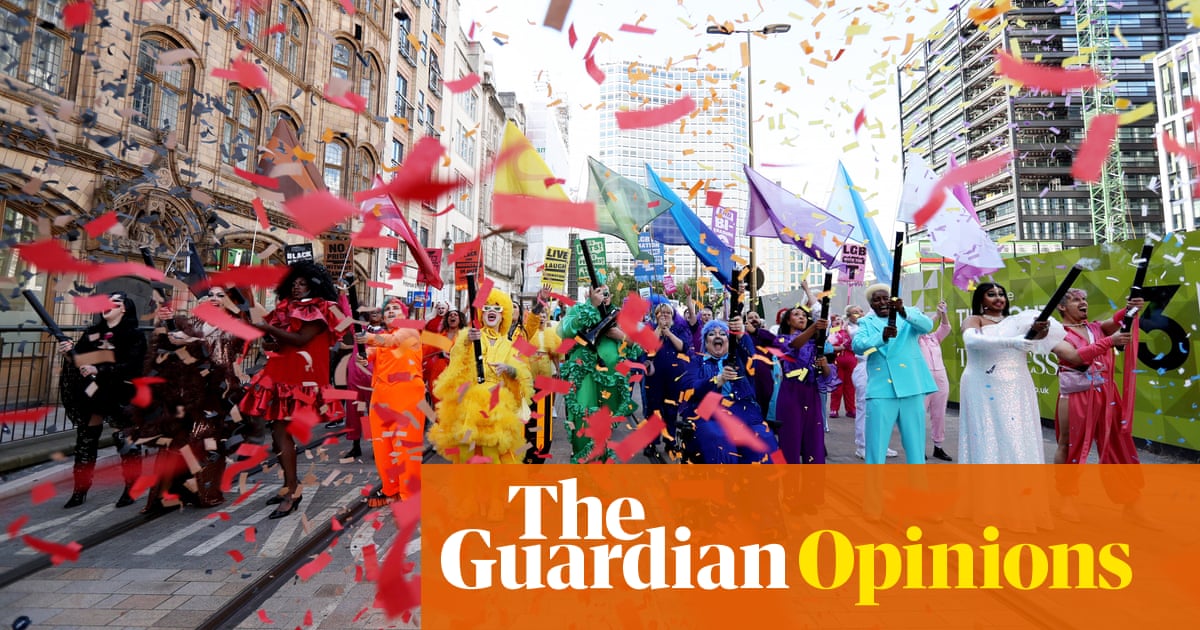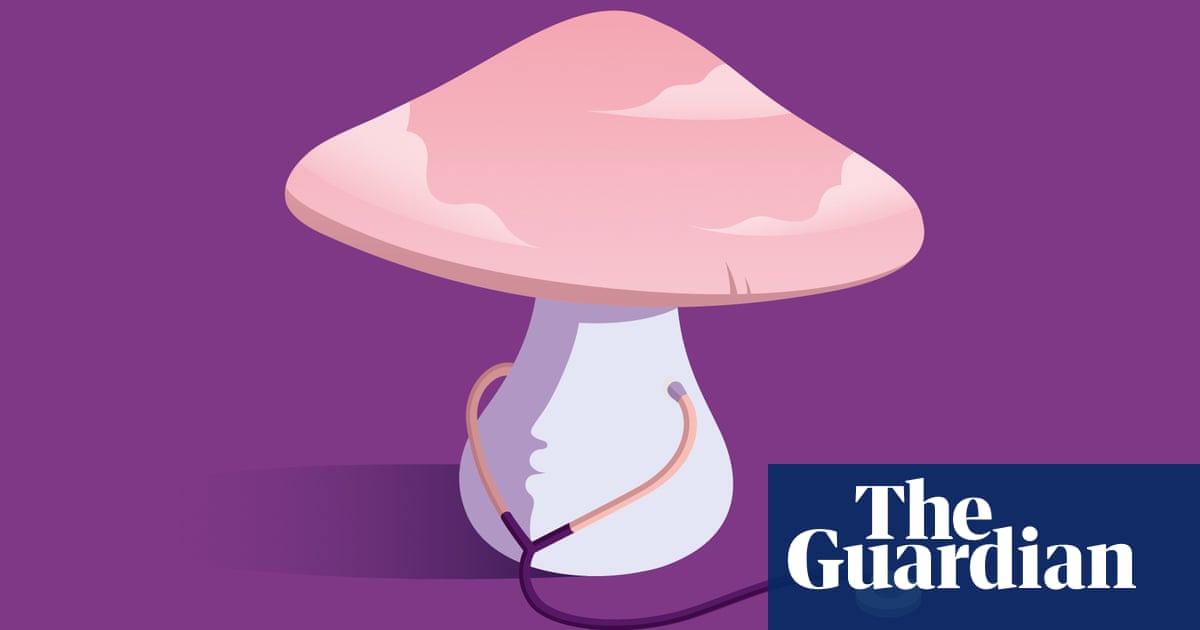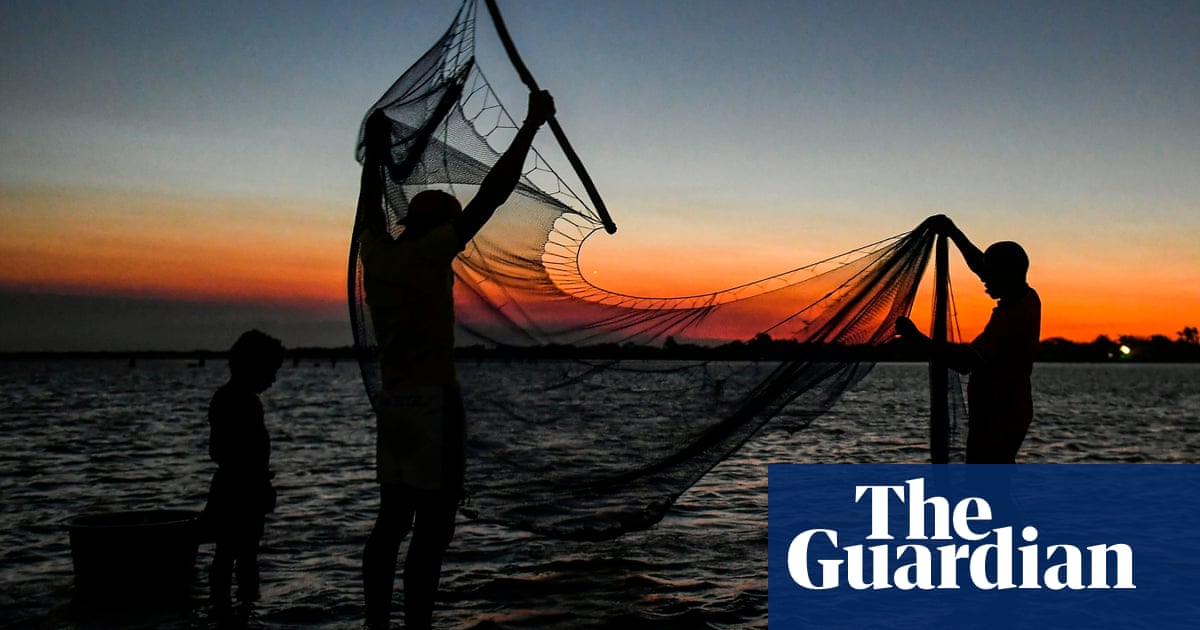
The 2021 census results for the first time paint LGBTQ people on the national canvas. Just over 3% of the population of English and Welsh citizens have declared themselves not to be heterosexual, a similar proportion to that estimated by the Office for National Statistics, which suggests a doubling in number since 2014. That isn’t, of course, because homophobic fantasies have been realised – that, if permissible, homosexuality will spread like an infection – but because increased social acceptance has allowed LGBTQ people to realise their authentic selves.
The fluidity of sexuality is observable in the results: there are nearly as many bisexual and pansexual people as there are gay or lesbian. This justifies the complaints of campaigners about a phenomenon called “bi-erasure”: where bisexual people are often left out of conversations around queerness. Bi people face prejudice not just from straight citizens, but from gay and lesbian people, too: bi men are often treated as gay but in denial; bi women face widespread sexual objectification; and all are portrayed as sexually rapacious or tourists who don’t belong anywhere.
Little wonder, then, that research suggests bi people have worse mental health, specifically higher levels of anxiety and depressive symptoms, than gays or lesbians. For those who don’t know, while bisexuals are attracted to at least two genders, pansexuals are attracted to people regardless of gender, and count Lib Dem frontbencher Layla Moran in their ranks. One contribution of this census must be a more thorough recognition of bi and pan people in our society.
A helpful map released by the ONS reveals an anecdotal truth known to LGBTQ people but until now unseen in data: that many queer people leave rural communities and small towns in favour of major cities. London, Manchester and, of course, Brighton have, unsurprisingly, particularly high numbers.
The explanation is twofold: urban areas tend to be more accepting and have enclaves of LGBTQ culture; and it is easier for members of a small minority to find prospective partners if you congregate in the same areas. The truth is, large swaths of the country remain insufficiently welcoming for LGBTQ people, and our community will continue to up sticks in favour of urban areas until that changes.
But the most notable results relate to gender identity. Around half a per cent – or 262,000 citizens – declare themselves trans. Within this, a large number do not specify their identity, but of those who did declare there is an almost exactly equal split between trans women and trans men, as well as a significant number who are non-binary (people who do not identify as either male or female) or who have other gender identities.
The trans community is a tiny minority of the population of England and Wales – just 0.5% of the 45.7 million people who answered the question about gender identity on the census. Yet the trans community has faced a disproportionate and obsessive amount of negative attention from the media and political elites. From the data about how few trans people there are, we can assume that most people do not know someone who is trans – certainly not well – and their impressions could easily be formed by these negative stories about them in the media.
The recent history of LGBTQ is defined by a period of growing acceptance bookended by two moral panics. In the 2000s, anti-gay laws were rescinded while public attitudes dramatically transformed for the better. But in the 1980s and 1990s, gays and bisexuals were widely portrayed as sexual predators, brainwashers of children, deviants, weird fetishists, defined by mental illness, all while holding a “normal” majority to ransom. In the 2010s and 2020s, the exact same tunes have been sung about trans people.
Actions have consequences: hate crimes against trans people surged by 56% in the space of a year in 2020. The anti-trans moral panic is ricocheting across the LGBTQ rainbow: the community’s main civil rights organisation, Stonewall, is under fierce attack; LGBTQ public figures face relentless monstering on social media; and officially recorded homophobic hate crimes are increasing too. After the government refused to ban trans conversion practices, relations between LGBTQ communities and the government are worse than at any time since the 1980s.
The LGBTQ world is not without its own internal issues. It remains dominated by white, middle-class, cis gay men. There is much segregation between the different identities – although there is more mixing than there used to be – as well as scarring by major problems of racism.
Yet looking at this census, there are valuable lessons. The first is that the gay and bi community – through much struggle and sacrifice – emerged from the darkest shadows of oppression, and now we must stand with the trans community in the face of growing adversity. The opponents of the LGBTQ movement are stronger than they’ve been for a generation: they depend on our divisions to succeed. The second is that we need allies: a small minority cannot win total acceptance alone. So far we’ve come; so far to go.
Owen Jones is a Guardian columnist












